“We don’t ‘do’ AAC.”
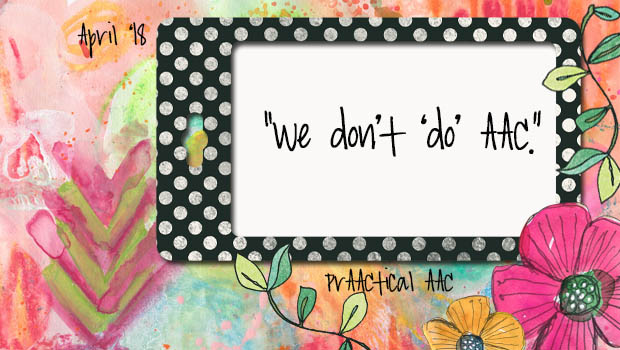
Armando’s parents were so disappointed when they inquired about AAC supports for their son during a recent visit to his classroom. “We don’t ‘do’ AAC,” they were told. “We’d love to, but we just don’t have the resources.”
When Mia’s family moved to a new school district, they were expecting her to be able to continue using the Minspeak-based device that Mia had been learning to use in her previous school. Instead, they were told that this school uses ‘other’ kinds of AAC and that Mia would be provided with one of the AAC apps used by some of her new classmates. After all the time and effort of an AAC evaluation, and then struggling to learn the basics when Mia first got her device, it seemed unreasonable to start over with a new AAC system. But, Mia’s parents were told, ‘once she gets used to it, she’ll be able to use the same materials all of her classmates do.’
In the US and many other countries, public schools don’t really have the option of deciding whether or not to ‘do’ AAC. If children who need AAC supports are enrolled in their school, the team is obligated to provide access to appropriate technology and services. If they don’t have knowledgeable people on staff, then they need to bring someone in to consult, train, teach, etc. or contract with an outside agency to provide the AAC support.
When students need something different than what the school typically provides, the staff have a responsibility to find a way to meet the need. It’s perfectly fine to have a stable of certain AAC devices/systems that are used most frequently so that everyone can be well-trained on those. But if the student’s best interest is served via a different kind of device/app, then we have to find a way to meet that student’s need. That’s why the I in IEP stands for Individualized.
Whenever schools or other institutions say something that doesn’t sound right, ask where that policy is written (request a copy), or ask that they put that in writing. If it is a policy, it will be written somewhere. If the ‘policy’ isn’t in writing somewhere, chances are, it is not an actual policy. They are probably just used to doing things a certain way, and that may lead them to THINK it is a policy.
Regardless, they need to address the individual needs of each student with an IEP, and that means appropriate AAC for those who require it.
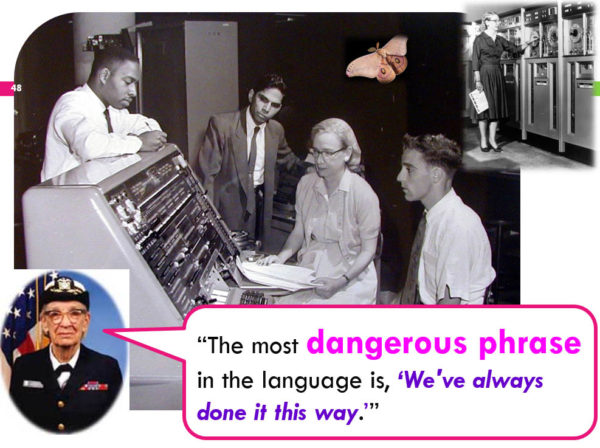
“The most dangerous phrase in the English language is ‘We’ve always done it that way’.” (Rear Admiral Grace Murray Hopper)
Filed under: Featured Posts, PrAACtical Thinking
Tagged With: Barriers, policy, practice, schools
This post was written by Carole Zangari

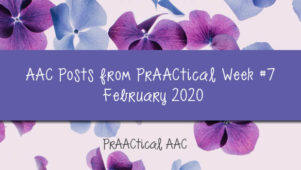
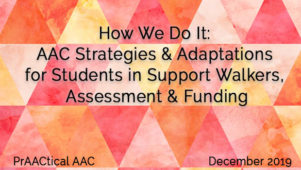
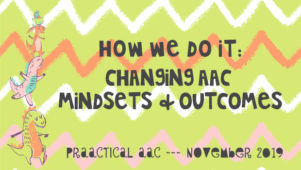
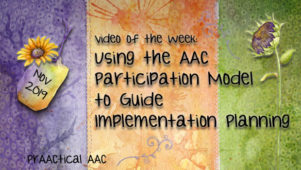
2 Comments
In fact, the Office of Civil Rights put out a Dear Colleague Letter and FAQ providing guidance in Nov 2014 that basically states schools need to not only provide AAC but must give priority to family preferences regarding communication.
https://www2.ed.gov/about/offices/list/ocr/frontpage/faq/rr/policyguidance/index.html
scroll down to the 11/2014 Guidance on Effective Communication….
I can see something positive in this!
In the last couple of years there has been a definite shift to the vague thought that “if the kid has communication problems AAC is what we do with apps on an ipad.” If this school really said “we don’t do AAC – (we do school materials with apps)” then they were telling the truth. Better this than taking what they wanted to do anyway and renaming it AAC. Would that more schools had as much insight and self-awareness. Now the only issue is getting schools to “do AAC” and we’re cooking with gas!